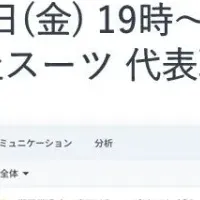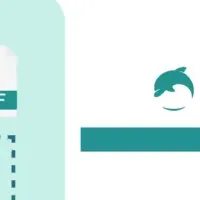
North America's Industrial Miniature Circuit Breaker Market Set for Remarkable Growth Driven by AI Innovations
Industrial Miniature Circuit Breaker Market Growth in North America
The forecast for the Industrial Miniature Circuit Breaker (MCB) market in North America is bright, with predictions indicating an impressive growth of USD 145.3 million from 2024 to 2028. According to Technavio, this growth is largely fueled by the robust demand from various industrial sectors and the influence of artificial intelligence (AI) in market development.
As industries continue to modernize their operations, the necessity for reliable circuit protection has surged. The market is forecasted to grow at a compound annual growth rate (CAGR) of 4.36% during the specified period, highlighting a positive trend toward the adoption of innovative technologies and new product offerings. The MCB serves a pivotal role in electrical power distribution systems, safeguarding against overloads and short circuits, which is increasingly crucial in today's tech-driven landscape.
Emerging Trends in the Market
One of the standout factors contributing to the market's expansion is the growing trend of new product developments. Major companies are launching next-generation MCBs that incorporate advanced features aimed at improving functionality, safety, and efficiency. For instance, ABB has unveiled its S300 P MCB, designed with security and performance in mind. Similarly, Siemens has introduced variations of its Sentron 3WA Power Circuit Breakers, ensuring compliance with international safety standards. Schneider Electric has also made strides with its EvoPacT medium voltage circuit breakers, which provide enhanced monitoring capabilities and sustainability.
These advancements reflect an overarching trend: industries are leaning towards intelligent and energy-efficient products as regulatory pressures mount to adopt eco-friendly practices.
Industry Challenges and Compliance
While the outlook for the Industrial Miniature Circuit Breaker market appears optimistic, it is not without challenges. Stringent regulatory compliance remains a significant hurdle. The International Electrotechnical Commission (IEC) has established standards, such as IEC 60898-1 and IEC 60947-2, which mandate rigorous compliance criteria for MCB manufacturing. Non-compliance could lead to product recalls, damaging reputation and market share for manufacturers.
Companies are now faced with the dual challenge of innovating while ensuring adherence to strict safety standards. A focus on both spheres is essential for maintaining competitive advantage in a consolidated market where major players like ABB, Schneider Electric, and Siemens are vying for leadership.
Market Opportunities
The increasing demand for MCBs is pronounced across various sectors, including automotive, power distribution, and oil and gas, among others. The need for enhanced safety measures and operational efficiency in electrical systems is propelling purchasing decisions for MCBs, particularly as businesses shift towards integrated automation and Internet of Things (IoT) frameworks.
Moreover, the rising push for home automation technologies serves as an additional growth driver, enhancing the demand for MCBs that support smart technology integrations. As urbanization continues and industries migrate toward more energy-efficient solutions, the MCB market is set to benefit significantly.
Conclusion
In conclusion, the Industrial Miniature Circuit Breaker market in North America presents a promising investment landscape characterized by innovative product offerings and increasing demand across various sectors. With a projected market growth of USD 145.3 million from 2024 to 2028, stakeholders should keep a keen eye on the evolving trends driven by AI and technological advancements aimed at safety and efficiency. A successful future will hinge on navigating regulatory frameworks, embracing technological innovation, and meeting the ever-changing needs of the marketplace.
Topics Business Technology)










【About Using Articles】
You can freely use the title and article content by linking to the page where the article is posted.
※ Images cannot be used.
【About Links】
Links are free to use.